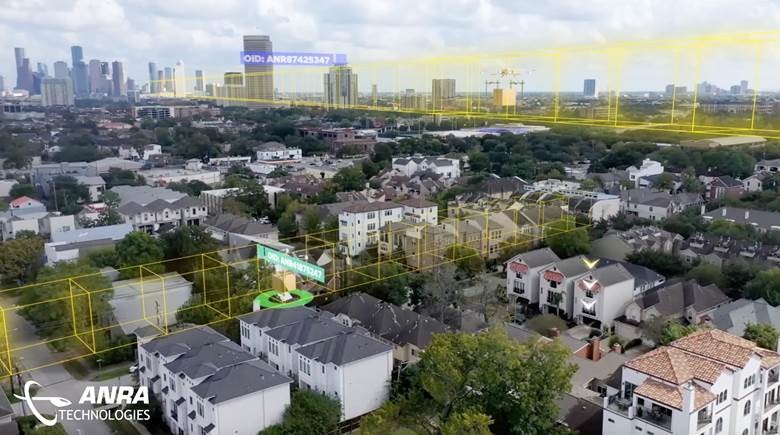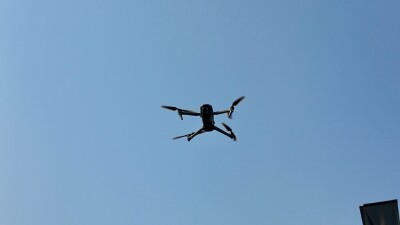Over the past few years there have been many service providers independently, or in small groups, working on building UTM systems for their end users. Depending on the system this has meant varying degrees of integration with federal aviation authorities and other UTM systems operating within the airspace. For the size of the industry and the types of flights being conducted (mainly within visual line of sight), this has been more or less sufficient. But this isn’t where the industry wants to remain—the goal is to scale.
In order to scale, that is to have multiple enterprise drone fleets operating with a dense urban airspace conducting various types of missions, these systems need to talk to each other within a low-level digital and autonomous air traffic system that keeps all invested parties—like civil aviation authorities, other actors within the airspace, and police—informed and aware of everything operating within the NAS. In order to start developing this level of sophisticated technology, countries like the UK have established programs to explore how to develop, test, and vet an open-access UTM infrastructure for the integration of various UTM service providers.
In a recent press release, both ANRA and Wing an Alphabet company along with AiRXOS part of GE Aviation, Altitude Angel, and Collins Aerospace announced that they had been chosen for phase 3 of the UK’s Connected Places Catapult (CPC) program, which was commissioned by the UK Department for Transport (DfT). This program has been actively working to develop an open-access UTM system that can support multiple service providers for several years now. The participants involved in this final phase will work to develop and test that UTM system.
“A one-size fits all UTM model will not meet the diverse and growing needs of the drone industry,” said Reinaldo Negron, head of UTM at Wing. “The future of air traffic management will require an open and scalable infrastructure that allows many industry providers to participate. This will drive the continued development of innovative services that meets the needs of users and enable the entire industry to thrive.”
Phases 1 and 2 defined and designed the infrastructure and ecosystem that will now be built and tested in phase 3 with simulated and live-flight trials.
“In Phase 3, the goal is to build an interoperable system with technology-agnostic protocols that do not require constant human monitoring and surveillance and can still ensure the safety, security, and control of drones in the low-altitude airspace,” stated the press release sent out by ANRA Technologies UK Pvt Limited. “We will demonstrate multi-UTMSP (UTM Service Provider) interoperability and data exchange, as well as test the UTM framework with use cases in nominal and off-nominal conditions, including Visual Line of Sight (VLOS) and Beyond Visual Line of Sight (BVLOS) operations. The project will conclude with complete knowledge transfer to the UK DfT, Civil Aviation Authority (CAA), and industry.”
The end result of these trials will hopefully be a UTM system that can support enterprise-level operations and BVLOS flights—an important and critical step for the UK and the entire drone industry.
“The UK is rapidly becoming a global leader in advancing commercial drone technologies,” stated Amit Ganjoo, CEO and Founder of ANRA Technologies. “We are honored to have contributed to all Connected Places Catapult Open-Access UTM Research and Development Programs and are excited to commence live-flight testing in pursuit of a safe, interoperable, and efficient traffic management system.”
















Comments